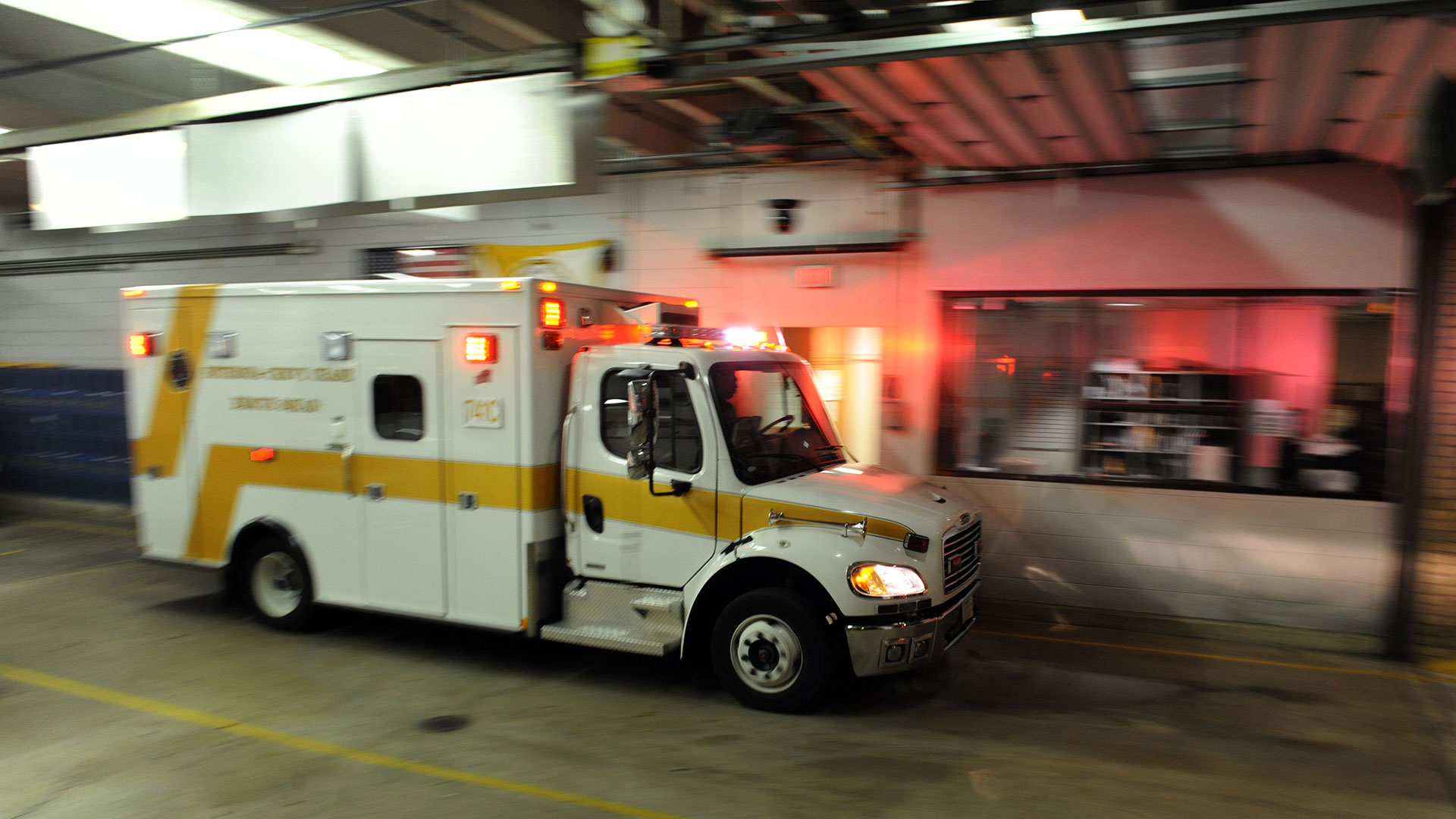

We may earn revenue from the products available on this page and participate in affiliate programs. Learn more ›
Uber has had a significant impact on taxi use and even car ownership, but a new study indicates the ride-sharing service could also be affecting a very different kind of transportation. Researchers found that Uber may reduce ambulance use by up to seven percent.
David Slusky, an assistant professor of economics at the University of Kansas, and Dr. Leon Moskatel, an internist at Scripps Mercy Hospital in San Diego, examined ambulance-use rates in 766 U.S. cities in 43 states as Uber began serving them between 2013 and 2015. They noticed that use of ambulances dipped after the introduction of Uber.
In an emergency, one might think the vehicle full of trained medical personnel and equipment that is able to run red lights might be the better option, but Slusky and Moskatel argue this isn’t always the case. An ambulance may not be necessary for every trip to the hospital, they note. Some people use ambulances because they have no other way of getting there.
If the patient doesn’t require medical attention en route, ride sharing may actually be the better option, according to the study’s authors. Ambulance trips are expensive, a serious consideration for the uninsured. While ambulances tend to take patients to the nearest hospital, ride-sharing services allow people to choose which hospital to go to. They may want that choice because certain hospitals have better-predicted outcomes for specific treatments, the study’s authors noted.
Uber and other ride-sharing services could also benefit the people who continue using ambulances, according to the study. Since the implementation of the Affordable Care Act, ambulance response times have slowed by 19 percent. But Uber likely helped speed up response times in the cities studied because of the lower volume of ambulance calls, the study’s authors argued. They believe Uber frees up ambulances for the people who really need them.
The authors also looked at whether Uber may reduce ambulance use by simply creating fewer medical emergencies through a reduction in drunk driving. They could not draw any concrete conclusions from existing research, echoing another recent study that found Uber’s impact on drunk driving varies by municipality.
